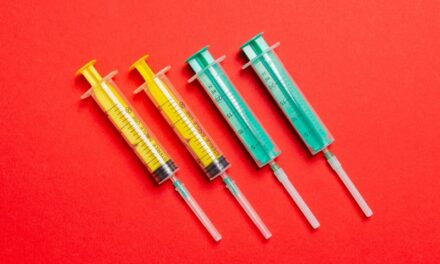An artificial fingertip that was surgically connected to the nerves of an amputee’s upper arm has helped enable the amputee to feel smoothness and roughness in real time in his phantom hand.
The technology was developed by Silvestro Micera and his team at EPFL (Ecole polytechnique fédérale de Lausanne) and SSSA (Scuola Superiore Sant’Anna) together with Calogero Oddo and his team at SSSA. Details about this technology were published recently in eLife, according to a media release from Ecole Polytechnique Fédérale de Lausanne.
According to the study, nerves in amputee Dennis Aabo Sørensen’s arm were wired to an artificial fingertip equipped with sensors. A machine controlled the movement of the fingertip over different pieces of plastic engraved with patterns such as smooth or rough. As the fingertip moved across the textured plastic, the sensors generated an electrical signal. This signal was translated into a series of electrical spikes, imitating the language of the nervous system, then delivered to the nerves, per the release.
Sørensen was able to distinguish between rough and smooth surfaces 96% of the time.
“The stimulation felt almost like what I would feel with my hand,” Sørensen says in the release. “I still feel my missing hand, it is always clenched in a fist. I felt the texture sensations at the tip of the index finger of my phantom hand.”
This same experiment testing coarseness was performed on non-amputees, without the need of surgery. The tactile information was delivered through fine, needles that were temporarily attached to the arm’s median nerve through the skin. The non-amputees were able to distinguish roughness in textures 77% of the time, the release explains.
To compare information about touch from the prosthetic fingertip to a real finger, the scientists compared the non-amputees’ brain-wave activity—once with the artificial fingertip, and then with their own finger. The brain scans collected by an EEG cap on the subject’s head revealed that activated regions in the brain were analogous.
According to the research, the needles relay the information about texture in much the same way as the implanted electrodes, giving scientists new protocols to accelerate for improving touch resolution in prosthetics, the release continues.
[Source(s): Ecole Polytechnique Fédérale de Lausanne, Science Daily]





